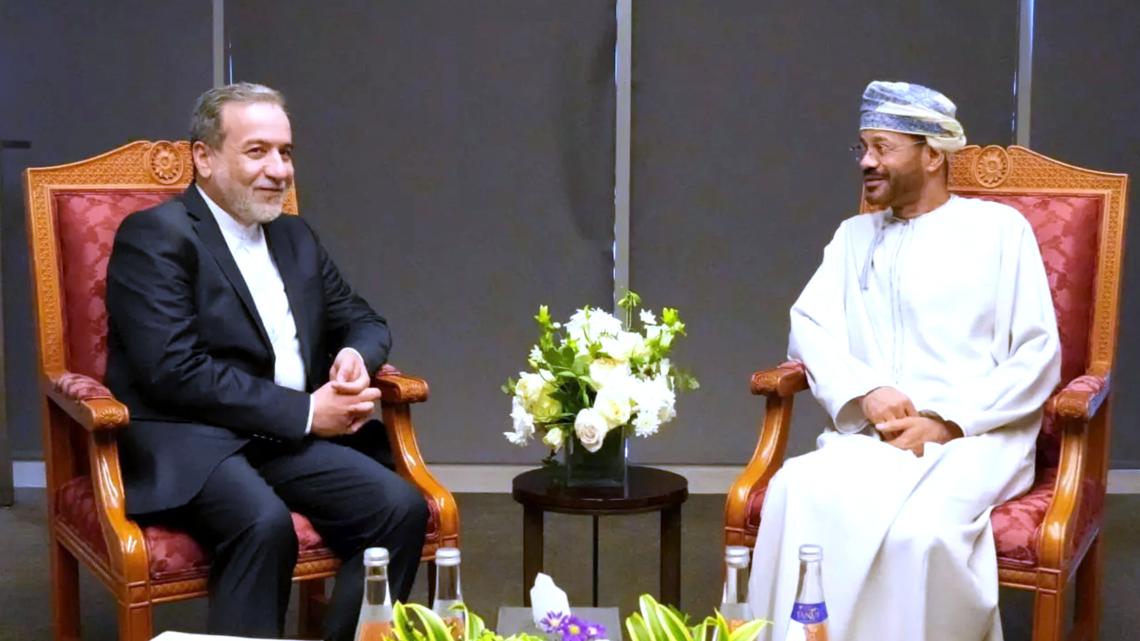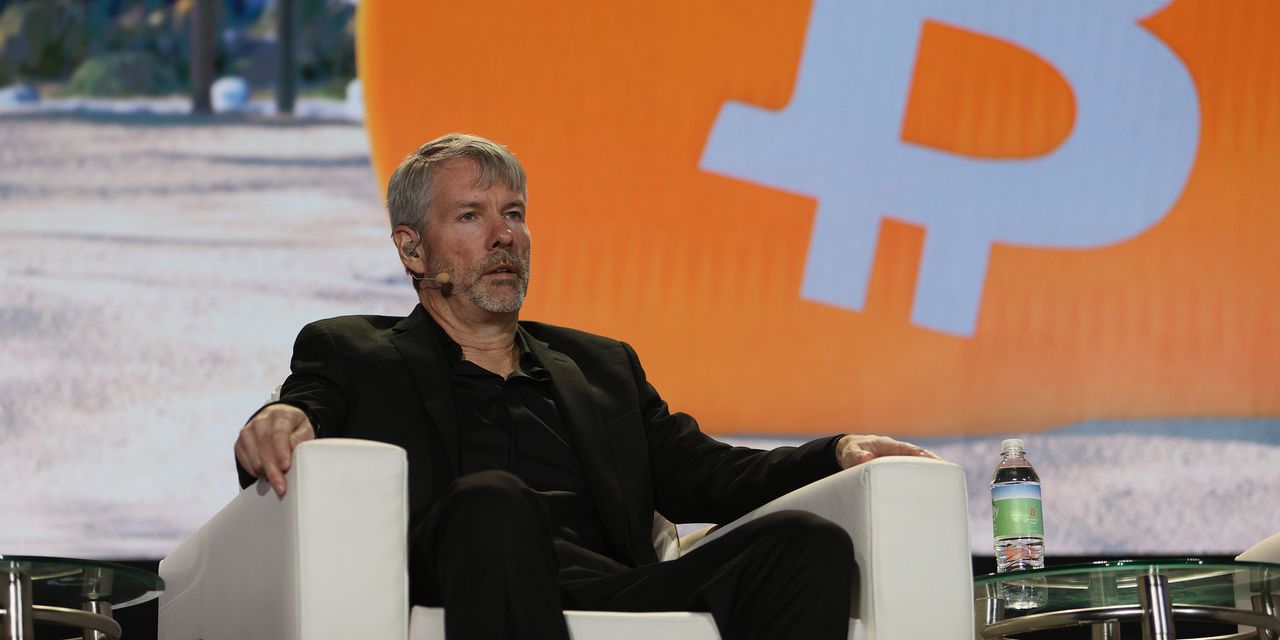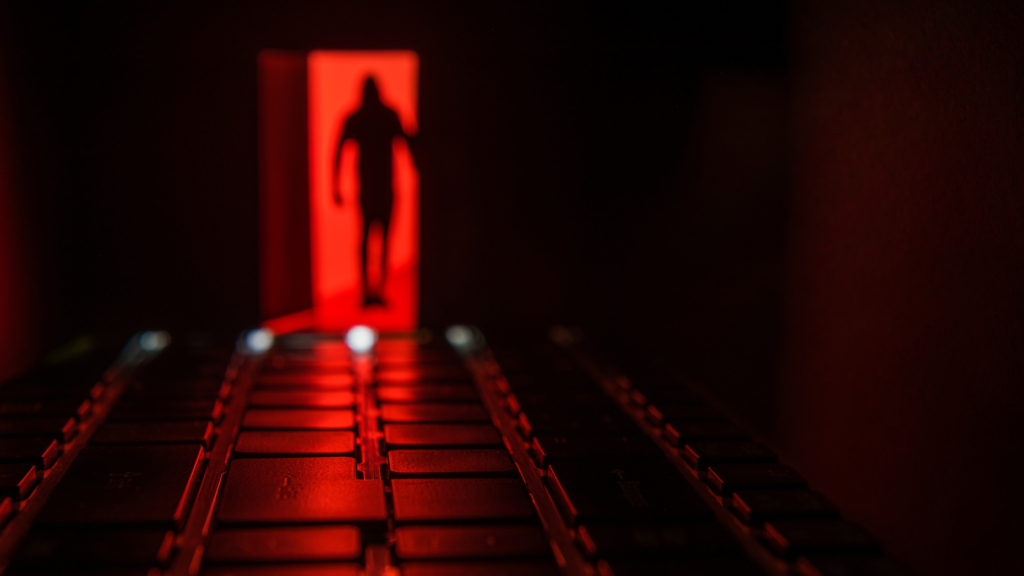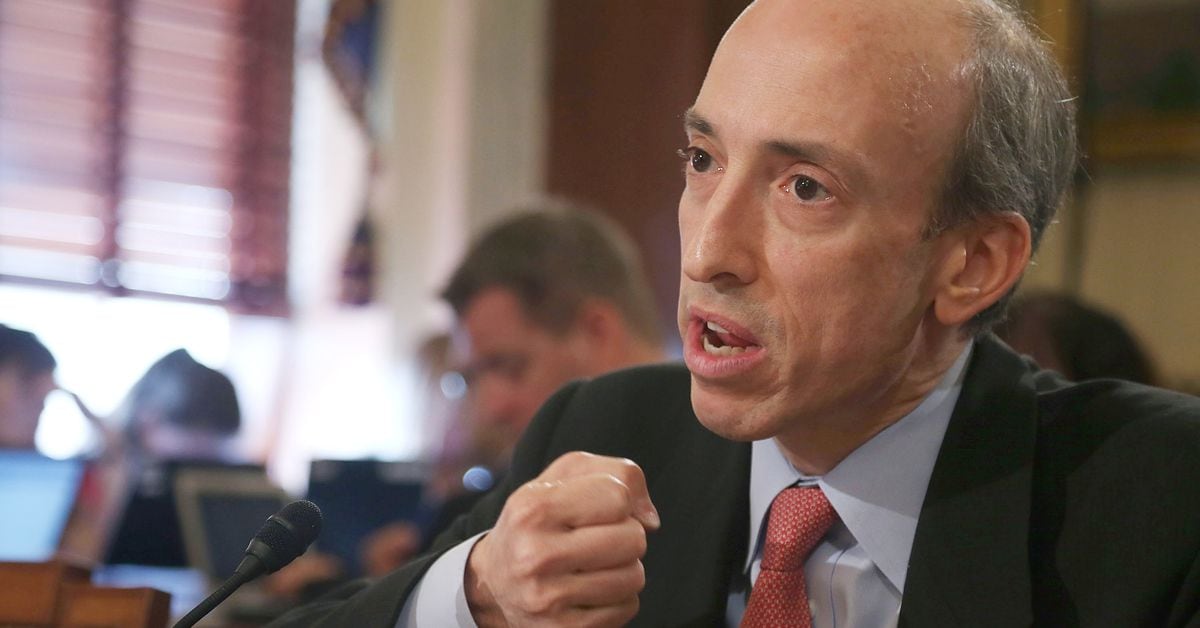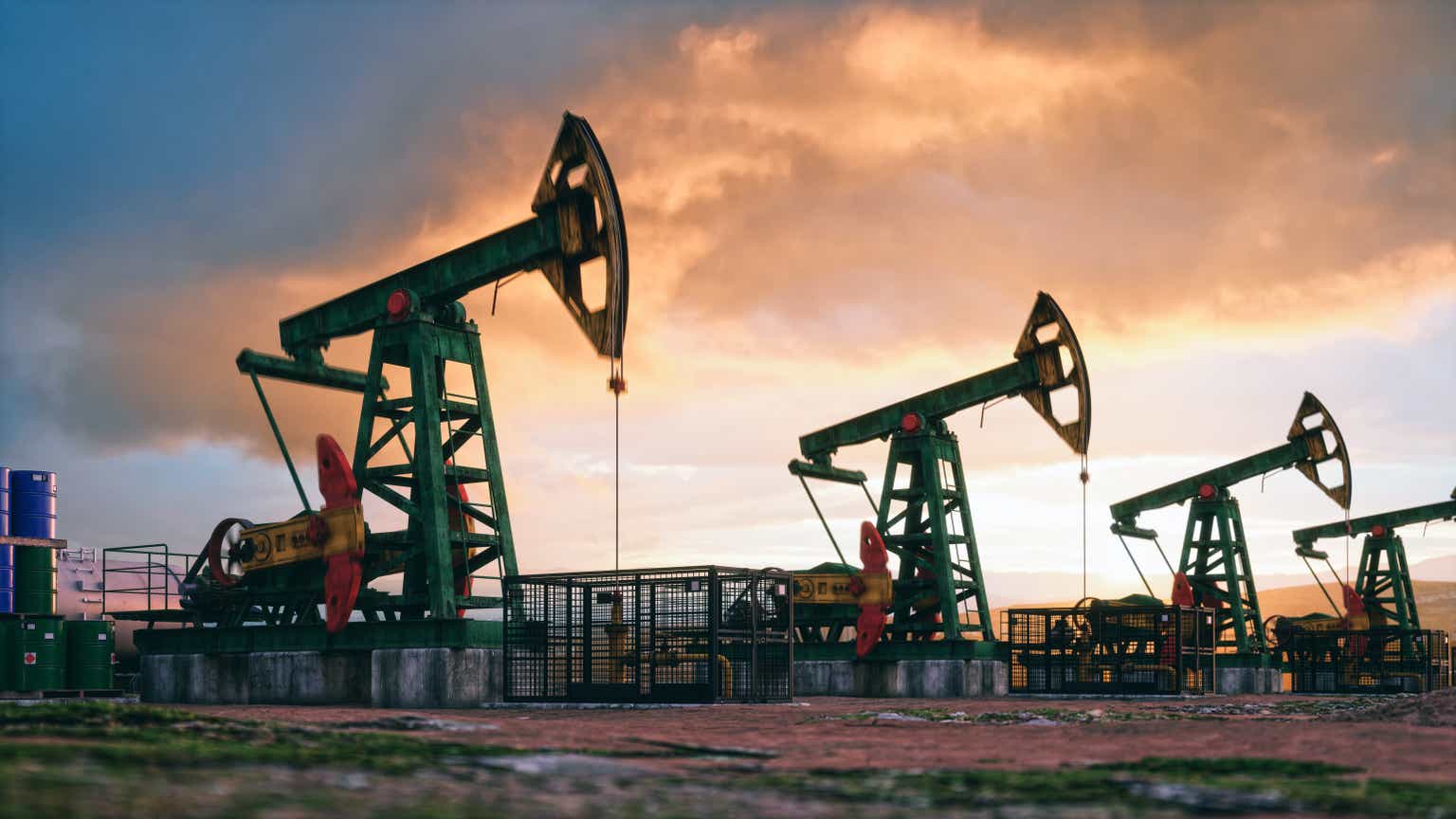A rare, powerful earthquake that struck Morocco toppled buildings in mountainous villages and ancient cities not built to withstand such force. More than 1,300 people were killed, and the toll is expected to rise as rescuers struggled Saturday to reach hard-hit remote areas.
The 6.8-magnitude quake, the biggest to hit Morocco in 120 years, sent people fleeing their homes in terror and disbelief late Friday.
One man said dishes and wall hangings began raining down, and people were knocked off their feet. The enormity of the destruction came into view in the daylight.
A 6.8-magnitude earthquake in Morocco killed more than 1,000 people and caused significant damage in Morocco — including in Amizmiz, a town south of Marrakech located near the epicentre of the quake.
The quake brought down walls made from stone and masonry not designed to withstand quakes, covering whole communities with rubble and leaving residents picking their way precariously through remains. Rescuers worked through the night to find survivors buried in the dusty ruins.
A tent typically used for celebrations was being erected for shelter in the square of the impoverished mountain community of Moulay Brahim, where homes made of clay and brick were largely left uninhabitable. Fathers sobbed into phones telling loved ones about losing their children. Bodies covered with blankets lay in the health centre next to a mosque as doctors pulled shards from people’s feet and treated surface wounds.

“There’s nothing to do but pray,” said Hamza Lamghani, who lost five of his closest friends.
In a sign of the huge scale of the disaster, Morocco’s King Mohammed VI ordered the armed forces to mobilize air and land assets, specialized search-and-rescue teams and a surgical field hospital, according to a statement from the military.
The king said he would visit the hardest-hit area on Saturday, but despite an outpouring of offers of help from around the world, the Moroccan government had not formally asked for assistance — a step required before outside rescue crews could deploy.
“Everyone mucks in. It’s not just professionals, but now everyone’s volunteering, anyone, neighbours, everyone is clearing stuff,” he said.
“I saw a taxi that’s … buried in rubble from a falling building. So people are lifting things off and literally everyone’s just mucking in and helping clear things away.”
But despite an outpouring of offers of help from around the world, the Moroccan government had not formally asked for assistance, a step required before outside rescue crews could deploy.
About a dozen Canadians attending a UNESCO conference in Marrakech are safe, according to John Norman, the mayor of Bonavista, N.L. He was awoken in his hotel room Friday night.
“It was quite surreal,” Norman, who is also the chair of the Discovery UNESCO Global Geopark on the Bonavista Peninsula, told CBC News. “I think everyone is in a bit of shock.”
Canada’s foreign affairs minister, Mélanie Joly, has urged Canadians in Morocco to register with Global Affairs Canada. She said Canadians in Morocco who need help should contact the federal Emergency Watch and Response Centre, which can provide emergency consular assistance.
Our thoughts are with all those affected by the earthquake in Morocco. Canadians in Morocco should register with Global Affairs Canada and those in need of assistance should contact the Emergency Watch and Response Centre: <a href=”https://t.co/qThcUOXveD”>https://t.co/qThcUOXveD</a>
—@melaniejoly
Famed mosque damaged
In Marrakech, the famous Koutoubia Mosque, built in the 12th century, sustained damage, but the extent was not immediately clear. Its 69-metre minaret is known as the “roof of Marrakech.” Moroccans also posted videos showing damage to parts of the famous red walls that surround the old city, a UNESCO World Heritage site.
At least 1,305 people died, mostly in Marrakech and five provinces near the quake’s epicentre, Morocco’s Interior Ministry reported Saturday evening. Another 1,832 people were injured — 1,220 critically — the ministry said.

Marrakech resident Amanda Mouttaki was talking to family members living outside the country when the earthquake hit. She initially thought a plane might be coming down, as she and her husband live near the airport.
“Things started falling off the walls,” Mouttaki, who is originally from Michigan, told CBC News Network on Saturday.
She and her husband quickly grabbed their five-year-old son and fled into the street. “Everybody was on the streets, just crying and trying to figure out what happened,” she said.
Amanda Mouttaki, who lives in the newer part of Marrakech, describes what happened when a 6.8-magnitude earthquake shook the Moroccan city.
The epicentre of Friday’s tremor was near the town of Ighil in Al Haouz Province, roughly 70 kilometres south of Marrakech. Al Haouz is known for scenic villages and valleys tucked in the High Atlas, and villages built into mountainsides.
Police, emergency vehicles and people fleeing in shared taxis spent hours traversing unpaved roads through the High Atlas in a stop-and-go manner, often exiting their cars to help clear giant boulders from routes known to be rugged and difficult long before Friday’s earthquake.
In Ijjoukak, a village in the area surrounding Toubkal, North Africa’s tallest peak, residents estimated nearly 200 buildings had been levelled.
Couch cushions, electric cords and grapes were strewn in giant piles of rubble alongside dead sheep, house plants and leaning doors wedged between boulders. Relatives from the town and those who had driven from major cities cried while they wondered who to call as they reckoned with the aftermath and a lack of food and water.

“It felt like a bomb went off,” 34-year-old Mohamed Messi said.
Morocco will observe three days of national mourning with flags at half-mast on all public facilities, the official news agency MAP reported.
World offers help
World leaders offered to send aid or rescue crews as condolences poured in from the G20 summit in India, countries around Europe, the Mideast and beyond.
Turkey, where powerful earthquakes in February killed more than 50,000 people, said it was ready to provide support. France and Germany, with large populations of people of Moroccan origin, also offered to help, and the leaders of both Ukraine and Russia expressed support for Moroccans.
A rare, powerful earthquake struck Morocco late Friday night, killing more than 1,000 people and damaging buildings from villages in the Atlas Mountains to the city of Marrakech. The scale of the disaster is unknown as rescuers are struggling to get through roads to areas that were hit hardest. Peter Mercer, owner of Dar Zaman guesthouse, shares what he experienced.
In an exceptional move, neighbouring Algeria offered to open its airspace to allow eventual humanitarian aid or medical evacuation flights to travel to and from Morocco.
Algeria closed the airspace when its government severed diplomatic ties with Morocco in 2021 over a series of issues. The countries have a decades-long dispute involving the territory of Western Sahara.

The U.S. Geological Survey said the quake had a preliminary magnitude of 6.8 when it hit at 11:11 p.m. local time, with shaking that lasted several seconds.
The U.S. agency reported that a 4.9-magnitude aftershock hit 19 minutes later. The collision of the African and Eurasian tectonic plates occurred at a relatively shallow depth, which makes a quake more dangerous.
Earthquakes are relatively rare in North Africa. Lahcen Mhanni, head of the Seismic Monitoring and Warning Department at the National Institute of Geophysics, told 2M TV that the earthquake was the strongest ever recorded in the region.
In 1960, a 5.8-magnitude tremor struck near the Moroccan city of Agadir, causing thousands of deaths. That quake prompted changes in construction rules in Morocco, but many buildings, especially rural homes, are not built to withstand such tremors.
In 2004, a 6.4-magnitude earthquake near the Mediterranean coastal city of Al Hoceima left more than 600 dead.
Friday’s quake was felt as far away as Portugal and Algeria, according to the Portuguese Institute for Sea and Atmosphere and Algeria’s Civil Defence agency, which oversees emergency response.





